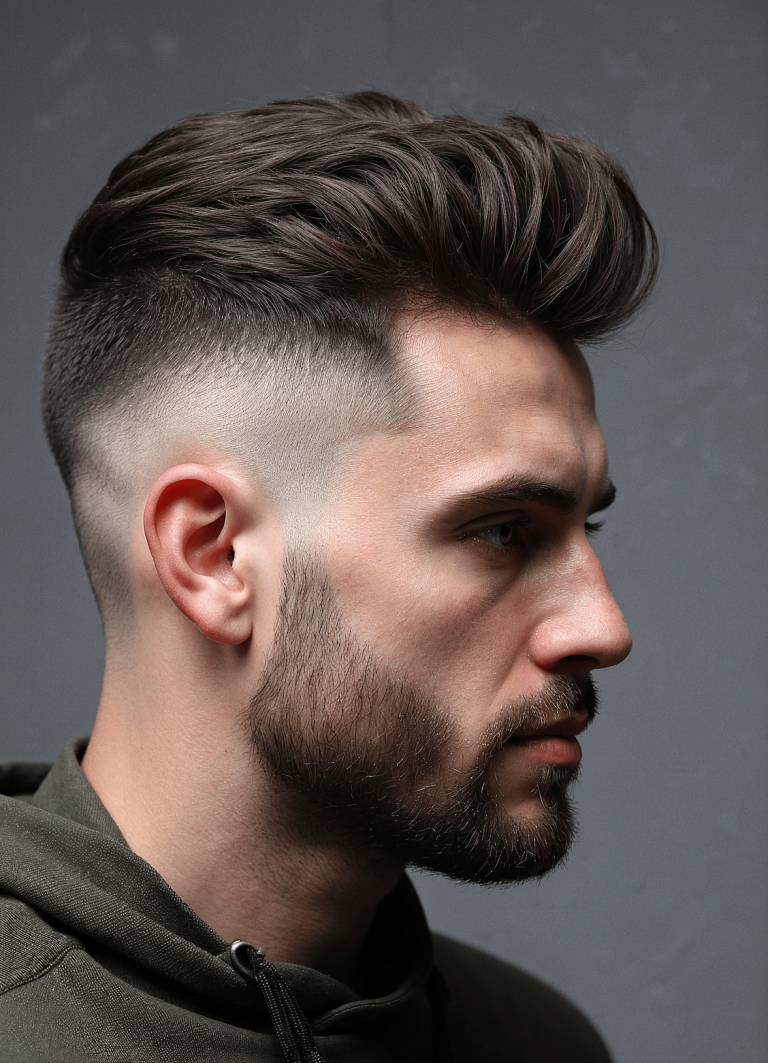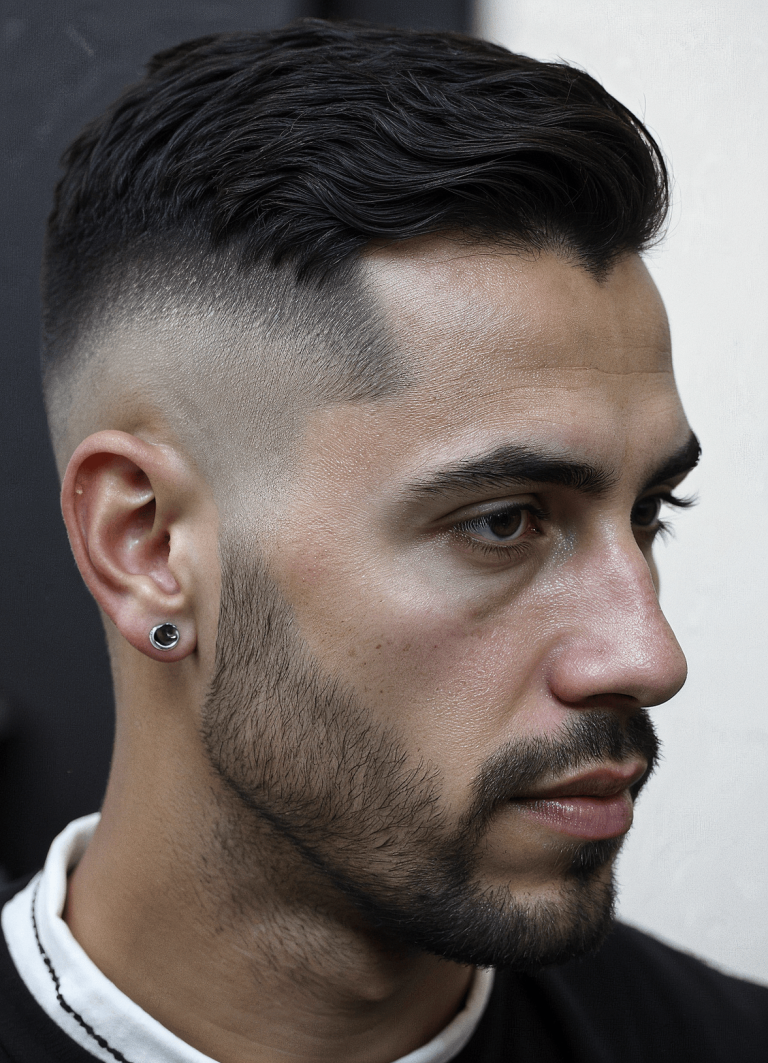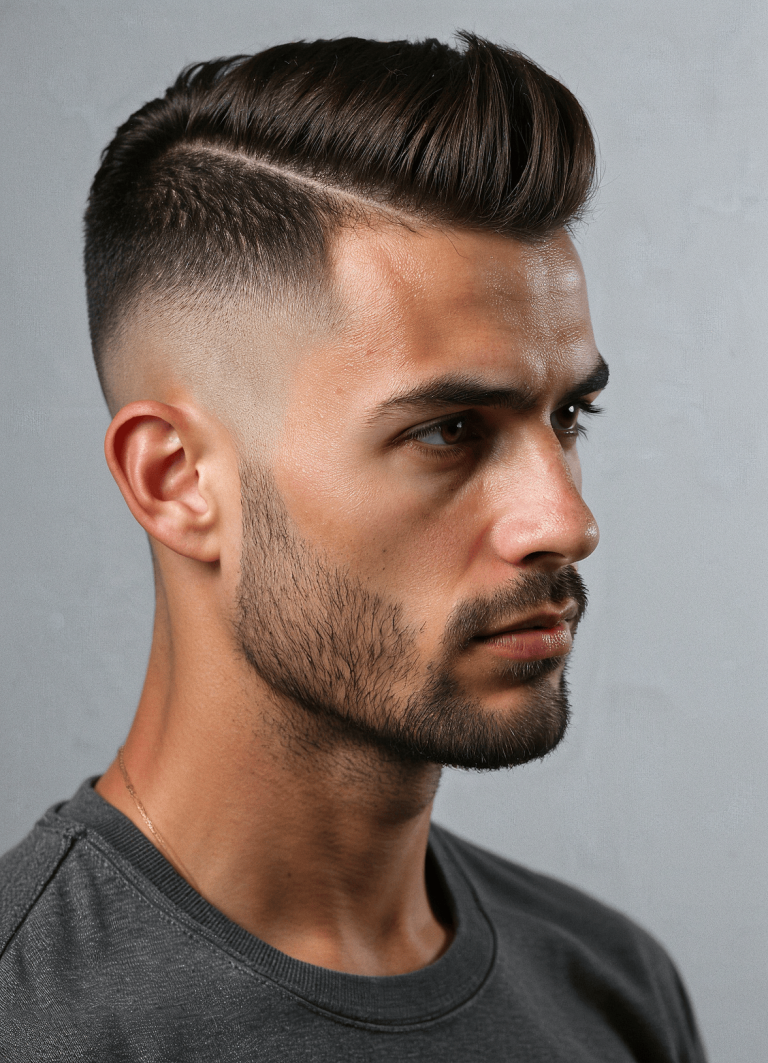Taper fade hairstyles are a popular and versatile choice, known for their clean, sharp look. They involve gradually shortening the length of the hair from the top of the head down to the sides and back. Here’s an overview of the taper fade:
About Taper Fade Hairstyles:
A taper fade is a haircut where the hair on the sides and back of the head gradually shortens (fades) from longer to shorter as it moves down towards the neck. The top of the hair is usually left longer, while the sides and back are progressively trimmed shorter. The fade effect gives a natural, seamless transition between the different lengths of hair.

Types Of Taper Fade Hairstyles
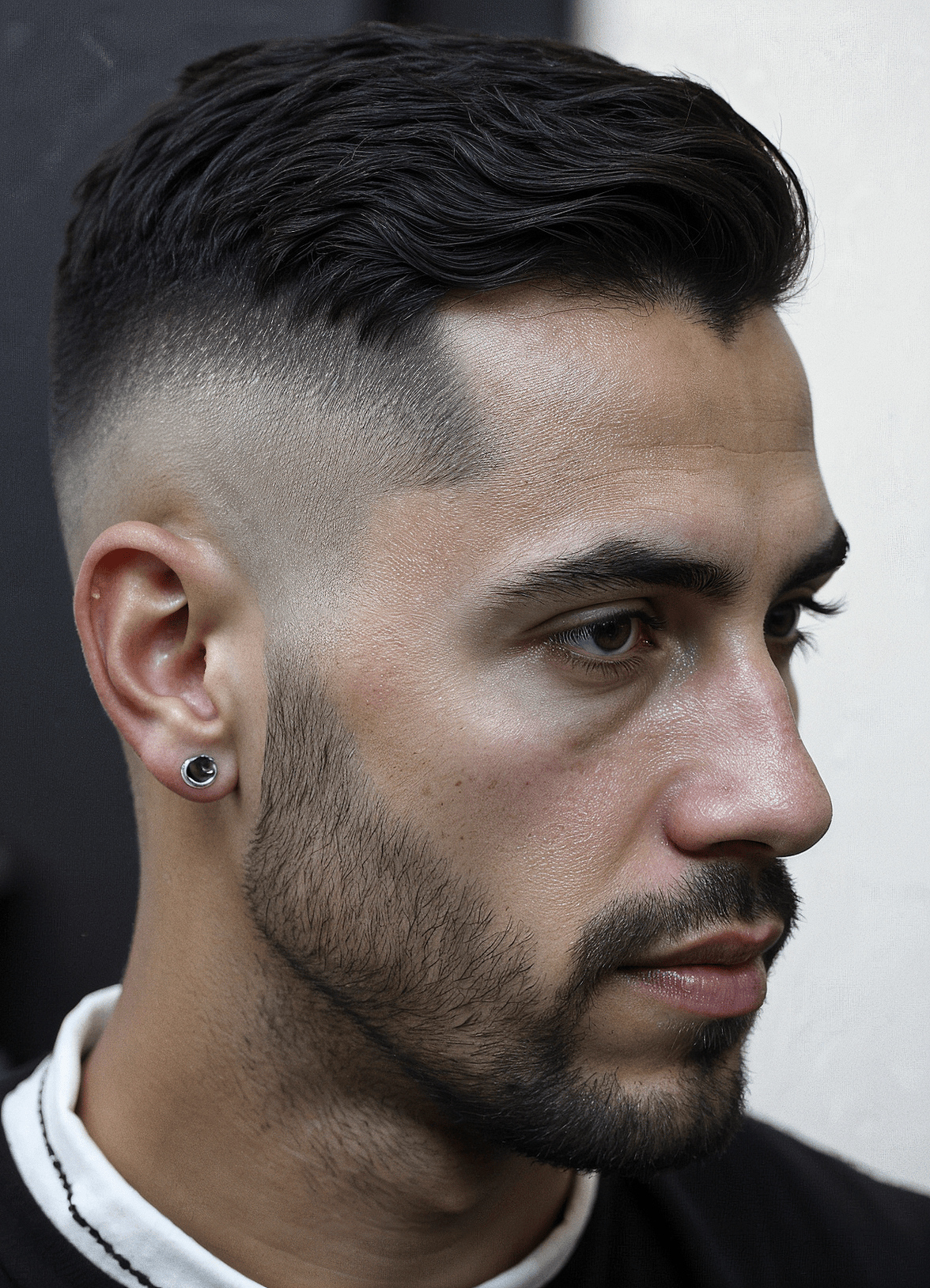
Low Taper Fade:
The fade starts low near the ears and neck. It’s subtle and typically blends into the natural hairline around the temple area.
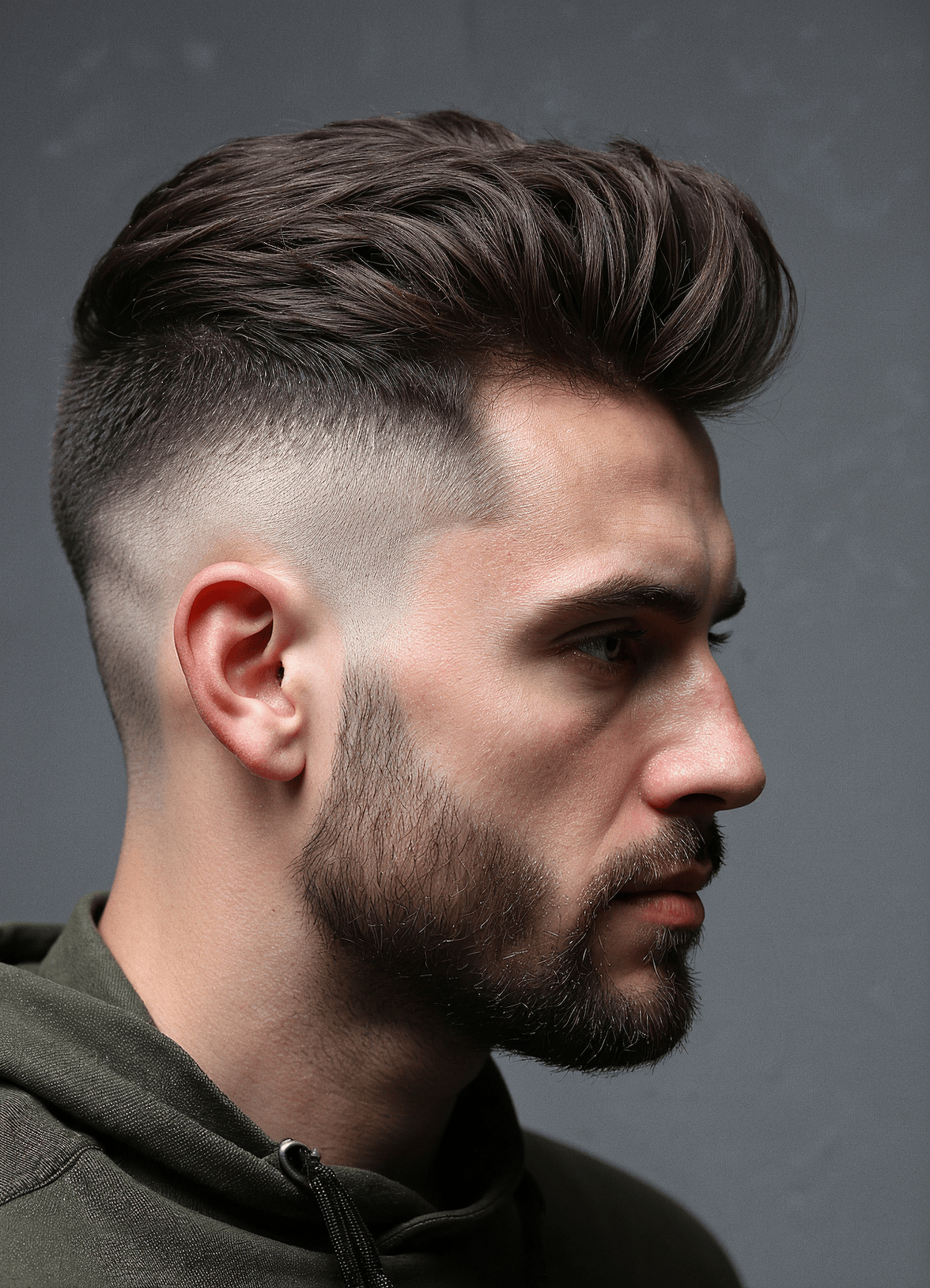
Mid Taper Fade:
This fade starts a little higher, around the middle of the head, giving it a more noticeable and bolder contrast.
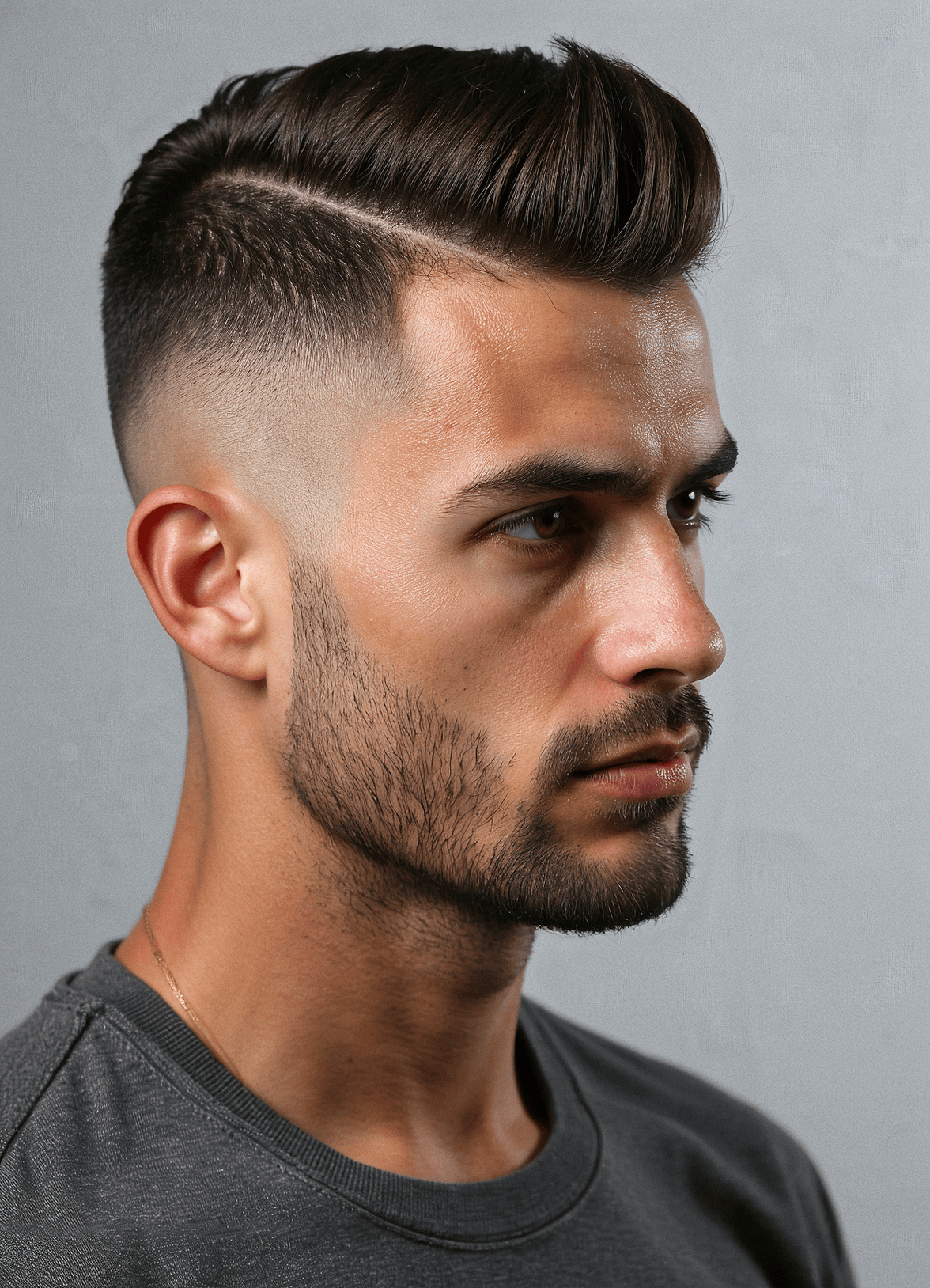
High Taper Fade:
The fade starts higher, often above the temples, creating a sharp and defined look with a more dramatic contrast between the long hair on top and the short sides.
Why Choose a Taper Fade Hairstyle?
For several reasons, going with a taper fade hairstyle can be a wise choice. Here’s why you might want to opt for this style:
- Versatility: Whether you have straight, curly, or wavy hair, the taper fade can be tailored to suit your hair texture.
- Low Maintenance: The taper fade grows out gradually, so the transition between lengths remains natural.
- Minimal Styling Effort: The fade gives your hair a clean, neat appearance with minimal styling effort. The gradual blend from top to sides makes it easier to maintain than other, more defined or extreme cuts.
- Clean and Polished Look: A taper fade creates a sharp, clean look that’s professional and tidy. Whether for business, casual, or formal occasions, it’s a versatile cut that conveys a well-groomed appearance.
- Enhances Facial Features: The fade allows your face to stand out more by drawing attention to your facial structure. The contrast between the longer hair on top and the faded sides can highlight your features and make your face look more defined.
How To Choose the Right Taper Fade :
1. Consider Your Face Shape:
The shape of your face plays a big role in how the taper fade will look on you. Different taper fade styles can help accentuate or balance out your natural features.
- Oval Face: Most taper fades will work well with an oval face because it’s balanced and proportional. You can opt for a low, mid, or high taper fade depending on your preference.
- Square Face: To soften the strong angles of a square face, consider a low or mid taper fade. These provide a more gradual transition from the top, which helps round out the jawline.
- Round Face: A higher taper fade can create more definition and give the illusion of length to your face, making it appear less round.
- Heart-Shaped Face: A mid-taper fade works well with a heart-shaped face, as it balances the width of the forehead and the narrower chin.
- Diamond Face: For a diamond face shape, a low taper fade can help reduce the width around the cheekbones while accentuating the jawline.
2. Pick the Fade Height:
The height of the fade determines how dramatic or subtle the haircut will be. Choose the fade height based on how bold you want your haircut to look.
- Low Fade: The fade provides a delicate and understated appearance and begins close to the ears or the natural hairline. For a more formal and conservative look, this is perfect.
- Mid Fade: The longer hair on top and the shorter hair on the sides create a harmonious contrast when the fade starts at the temples.
- High Fade: The larger top and extremely short sides are sharply contrasted by the fade, which begins higher up on the head, frequently over the temples.
3. Match the Fade to Your Hair Type:
Different hair types may look better with specific taper fade styles. Consider your natural hair texture and how it interacts with the fade.
- Straight Hair: Straight hair tends to work well with all types of taper fades, especially mid or high fades. It allows for cleaner lines and sharp contrasts.
- Curly or Wavy Hair: Curly and wavy hair works well with low and mid fades, as these give the natural texture on top more room to stand out.
- Coarse Hair: Coarse and kinky hair often looks best with a low or mid fade, especially when paired with a more textured, voluminous style on top.
- Fine or Thin Hair: If you have fine hair, you might want to go with a mid or high fade to add more volume to the top and create the illusion of thicker hair.
How To Maintain Taper Fade Hairstyles?
Maintaining a taper fade hairstyle is relatively simple, but it requires regular upkeep to ensure it stays sharp and fresh. Here are some essential tips for maintaining your taper fade:
- Regular Haircuts: The key to keeping your taper fade looking neat is regular trims. Since the fade is a short-to-long transition, it can look uneven as it grows out. A trim every 3 to 4 weeks will keep the fade sharp and prevent the length from looking uneven.
- Blending and Line Maintenance: The defining feature of a taper fade is the smooth, blended transition from the top to the sides. To keep this line sharp, your barber should clean up the fade during every visit, especially if it starts to grow out and lose definition.
- Touch Up the Edges: If you have a low fade, you may notice the line starts to blur around your ears or neckline. Ask your barber to clean up the edges around your ears and neckline to preserve the clean, sharp look.
- Shampoo and Condition Regularly: Keeping your hair clean and healthy is essential for any haircut. Regular shampooing helps remove product buildup and keep your hair looking fresh, while conditioning helps maintain the texture and health of your hair.

